A comparison of two tomatoes
queuetue
15 years ago
Related Stories

EDIBLE GARDENSSummer Crops: How to Grow Tomatoes
Plant tomato seedlings in spring for one of the best tastes of summer, fresh from your backyard
Full Story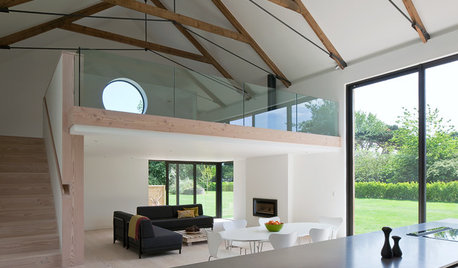
ARCHITECTUREHouzz Tour: Fresh Ideas in a Former Tomato Packing Shed
A formerly metal-clad structure is now a beautiful wood home designed to capture the light and preserve open space
Full Story
COLOR10 Reasons to Make a Splash With Tomato Red
You won’t duck at these tomatoes. See how bold red shades can play up architecture, light up a dark spot and add drama
Full Story
LIFEKitchen Traditions: Tomato Season Meets a Family Legacy
Somewhere a Sicilian great-great-grandmother is smiling at a bowl of American-made sauce
Full Story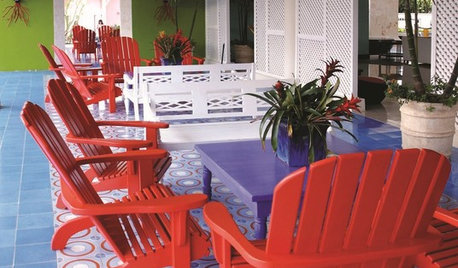
REMODELING GUIDESYour Floor: Two Tiles to Love
Cement and quarry tiles are easy, lasting and unexpected
Full Story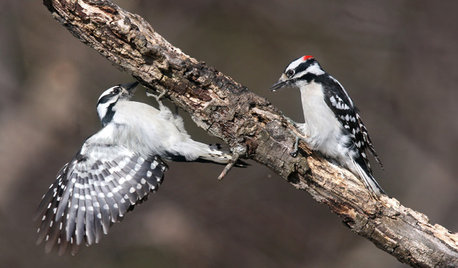
GARDENING FOR BIRDSBackyard Birds: How to Identify Two Common Woodpeckers
Downy and hairy woodpeckers have similar coloration and behavior. But there are two big differences that separate them
Full Story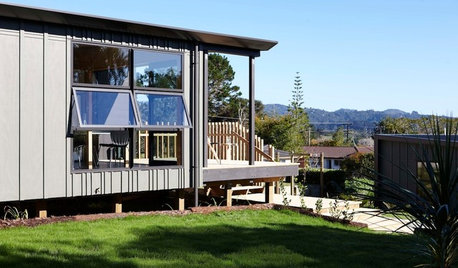
COMMUNITYTwo Homes Focus on Community
Energy-efficient houses in New Zealand adopt a neighborly point of view
Full Story
GARDENING AND LANDSCAPINGChoosing a Deck: Plastic or Wood?
Get the pros and cons of wood, plastic, composite and more decking materials, plus a basic price comparison
Full Story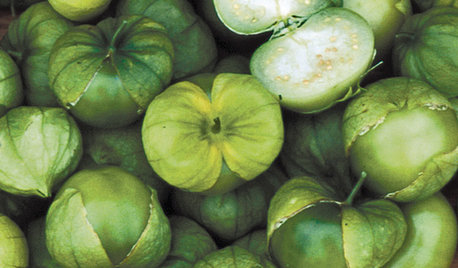
SUMMER FRUITS AND VEGETABLESSummer Crops: How to Grow Tomatillos
Grow this Mexican native for the freshest salsa verde — and for fewer problems than its tomato cousins
Full Story0

FARM YOUR YARDHouzz Call: Home Farmers, Show Us Your Edible Gardens
We want to see where your tomatoes, summer squashes and beautiful berries are growing this summer
Full Story





lab12
queuetueOriginal Author
Related Professionals
White Oak Landscape Architects & Landscape Designers · Milford Landscape Contractors · Byram Landscape Contractors · Hayden Landscape Contractors · Hollywood Landscape Contractors · Holtsville Landscape Contractors · Richmond Landscape Contractors · Round Lake Landscape Contractors · West Coon Rapids Landscape Contractors · Altadena Fence Contractors · Centennial Fence Contractors · Cherry Hill Fence Contractors · Columbia Fence Contractors · Oregon City Fence Contractors · Winnetka Fence ContractorsqueuetueOriginal Author
tennandy
queuetueOriginal Author
sinfonian
gumby_ct
queuetueOriginal Author
sinfonian
korney19